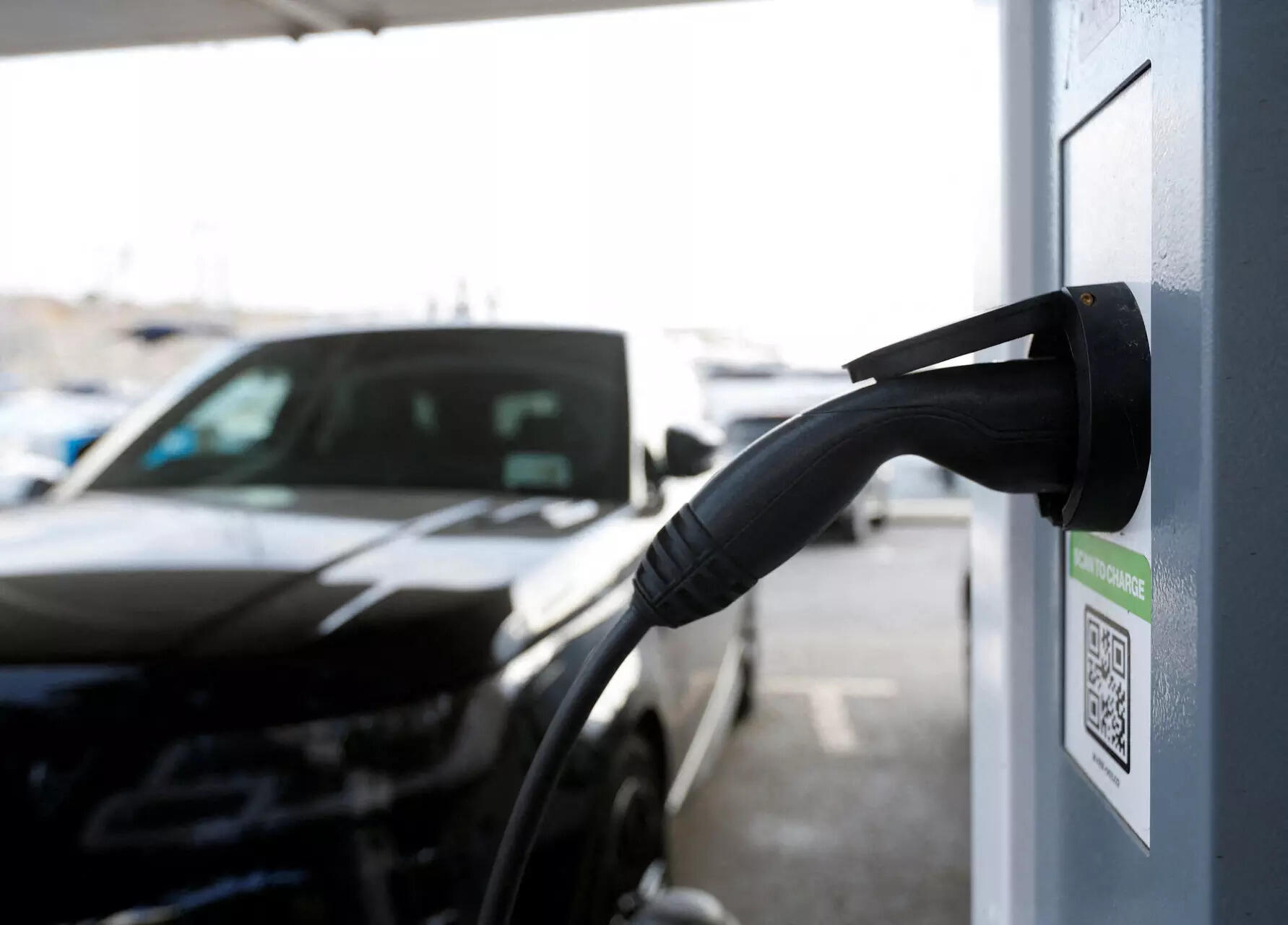Read by: 100 Industry Professionals

The Principal Scientific Adviser (PSA) to the Government of India released the e-Mobility R&D Roadmap for India in mid-July. It highlights the need for research and development (R&D) in 34 critical areas of e-mobility and suggests allocating approximately INR 1,152 crore over 5 years. Such additional funding would be welcome for India, where total national R&D spending was just 0.64% of gross domestic product in FY 2020–21, compared with above 2% in many advanced economies.
According to World Intellectual Property Organization statistics, there were 170,000 patents granted globally between 2010 and 2022 in electrical machinery, apparatus, energy, and semiconductors; of these, 35% were from China and just about 0.3% from India. Note, though, that Indian patents in these categories increased eightfold from just 58 in 2010 to 442 in 2020. Let’s discuss four reasons why investing heavily in R&D, particularly for electric vehicles (EVs), would be a smart move for India.
1. More localization and more jobs
The automobile sector is one of the largest employers in India. Studies have estimated lower job intensity, a measure of jobs created per unit of value added, for EV manufacturing in India than for internal combustion engine manufacturing, but this is primarily because a good part of every Indian EV, especially EV batteries, is manufactured outside India. Although 50% local manufacturing is necessary for EVs to avail incentives under the Faster Adoption and Manufacturing of Electric Vehicles (FAME) II scheme, achieving this has been challenging for the industry, mainly because a hardware manufacturing base is not currently available in India. Tier 1 suppliers to original equipment manufacturers (OEMs) have been driving localization, but localization among tier 2 and 3 suppliers hasn’t developed thus far. With heavier R&D investments, we’d expect battery indigenization to drive localization and in turn job growth.
2. Greater R&D spending by industry and global strategic advantage
India exported EVs worth more than USd 60 million in FY 2023–24, a 40% increase over the previous year, and 78% of these exports were to neighbouring Nepal. Another 17% were exported to advanced economies including Japan, Germany, France, and Australia.
What kinds of investments in R&D do we see by automakers in various markets? For one, China-headquartered EV manufacturers Nio and BYD spent 29% and 8.5% of their revenue, respectively, on R&D in the first quarter of 2024; this was much more than the 5.4% spent by U.S.-based automaker Tesla. Leading automakers headquartered in Europe, Volkswagen, Stellantis, and Mercedez-Benz, spent 6.8%, 3.7%, and 5.7% of their revenues, respectively, on R&D in 2022. The Indian industry lags well behind: A recent report showed that on average, the global R&D intensity (this is the ratio of R&D spending to revenue) of the automobile and component industry is 3.1 times higher than it is for India’s industry. While Mahindra & Mahindra and Tata Motors, leading EV manufacturers headquartered in India, have globally competitive R&D intensities of 5.7% and 5.5%, respectively, auto component manufacturers in India still lag, and Bosch recently had the highest R&D intensity of 2.9%. A heavier R&D push by the Government of India through investments and incentives, including in critical components like semiconductors, could increase R&D intensity by the industry and improve India’s position globally.
3. Decarbonize hard-to-electrify segments to meet the net-zero target
ICCT research found that India needs 100% zero-emission truck (ZET) penetration in sales of new vehicles by 2050 to achieve its 2070 net-zero target. For ZETs to effectively serve India’s heavy-duty road freight demand, their batteries need to improve to address current issues regarding weight, charging time, and range. Note, too, that ICCT research projects that particulate matter and nitrogen oxides emissions from non-road segments like tractors and construction vehicles will exceed the emissions from on-road vehicles in India by 2030. The electrification of the tractor segment requires the development of economically competitive e-tractors to meet the plethora of farm and non-farm applications in rural India. Heavier investments in R&D would be expected to boost innovation in the design of EV technologies to meet unique Indian demands and accelerate EVs in segments like trucks and tractors.
4. Improve battery and charging technologies to drive down costs and improve safety
The battery is about 40% of the cost of an EV in India. Recent ICCT research from Europe found that bigger batteries lead to higher energy consumption for most users, except those driving long distances. Innovation in battery systems can improve the techno-economics of EVs by mitigating costs and range anxiety. Innovations in alternative cell chemistries can bring down battery costs, and R&D investments can help battery swapping and wireless charging evolve and become scalable solutions for segments where charging time and battery weight are concerns. An MIT study found that investment in R&D for batteries is more effective at driving down costs than economies of scale. There’s also a safety component. The Bureau of Indian Standards has introduced strict safety standards for battery packs and systems, and the PSA has highlighted the need to improve current liquid electrolyte systems. Introducing alternative solid electrolyte systems and thermal management in battery and charging can improve the resilience of EVs to increasing heat in India.
All of this said, the proposed funding in the PSA’s roadmap is small relative to the mammoth R&D investments made by China, the European Union, and the United States. China is estimated to have spent approximately $25 billion in U.S. dollar terms on R&D for EVs in recent years. In 2016, the United Kingdom announced £2 billion annually for R&D funding till 2030 to boost competitiveness, and Germany spent €2.2 billion between 2009 and 2018.
The Government of India would do well to proceed with R&D investments and incentives along the lines suggested by the PSA. Doing so would be expected to maximize the benefits of EVs by not only creating new manufacturing jobs and affordable and safe mobility, but also mitigating air pollution in Indian cities.

